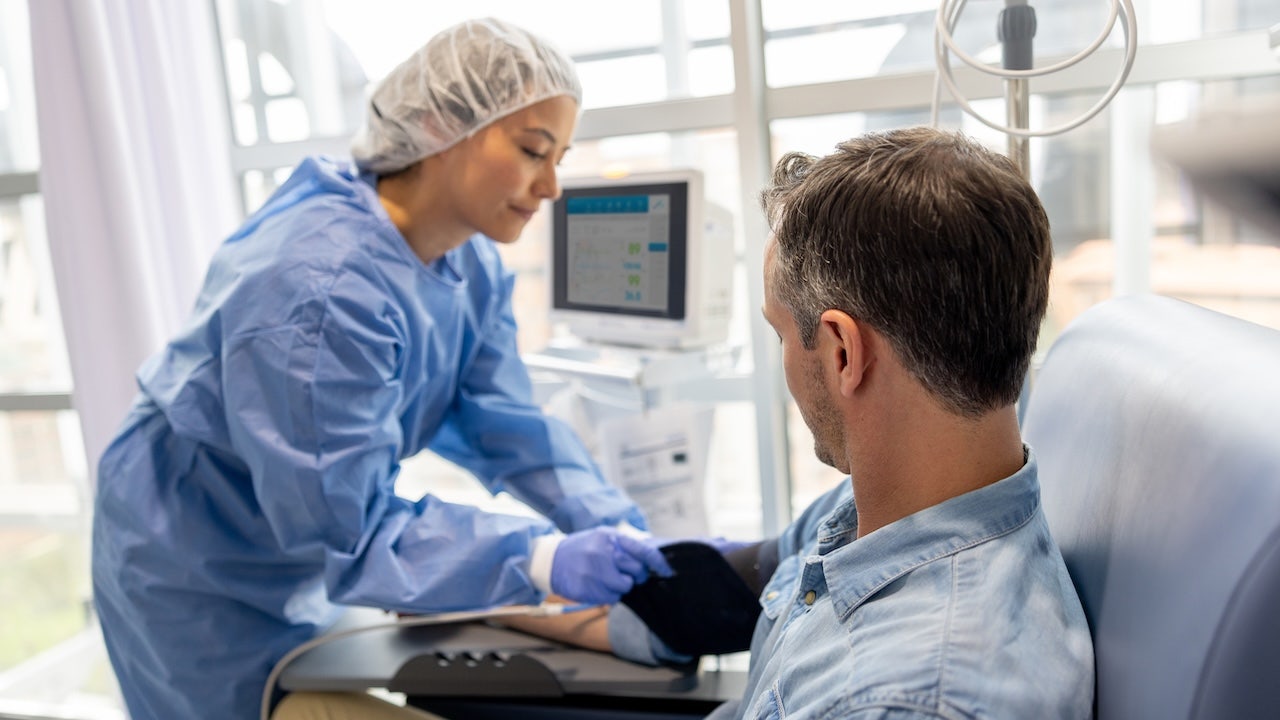Teens feeling burnt out from managing diabetes face higher complications, study says

Canadian teens and young adults living with diabetes face double the risk of hospitalizations and emergency room visits compared with younger children with the condition, say doctors suggesting changes to how care is organized for affected families.
In Type 1 diabetes, the pancreas is unable to produce insulin, a hormone that allows the body to use glucose, a sugar, in food for energy. The estimated 300,000 Canadians with the chronic condition need to take insulin injections every day or use an insulin pump to survive.
People with Type 1 diabetes also need regular clinical checks since a loss of control over blood glucose can lead to serious eye and kidney complications, nerve damage that requires amputations, and even death.
In the October issue of the journal The Lancet Diabetes and Endocrinology, Dr. Meranda Nakhla, a pediatric endocrinologist at the Montreal Children’s Hospital, and her team used Quebec health administrative data to estimate the risk of gaps in regular diabetes care for complications in children under 10, and adults up to age 23.
“With adolescents and young adults, [the complication] tends to be more related to an insulin omission and maybe just feeling burnt out from having diabetes and just not wanting to deal with it,” Nakhla said. “They may stop taking insulin and a day later end up in the emergency room with diabetic ketoacidosis.”
In diabetic ketoacidosis, there’s too much acid in the body’s fluids and it can result in the patient needing to be admitted to the intensive care unit. Nakhla said in teens and young adults, it tends to be preventable.
Compared with kids younger than 10, the likelihood of diabetes-related visits to emergency increased 1.8 times from age 14-15. The number of visits increased to nearly 2.4 times for those aged 22-23 compared with the youngest children.
Step back for parents
Part of the challenge, Nakhla said, is for parents to take a step back from managing all aspects of their child’s diabetes to a more supportive role that allows the child to have more autonomy.
Since age two, Max Lagrange’s parents carefully planned their son’s meals and snacks, checked his blood sugars and adjusted insulin doses.
Max, now 15, started managing his diabetes on his own four years ago.

“As a teenager, I’ve [got] a lot of things to do, school and activities, so it’s probably just finding the time and doing it by myself,” Max said of the challenges.
Max’s mother, Maïa Kapahi, said he’s doing a great job.
“Now he’s roving the city with his friends, eating on his own, being active, and he’s having to do all those calculations in his head,” Kapahi said.
But focusing on looking up how many carbs are in a fast food burger when out with friends in downtown Montreal may not be a priority, she acknowledged.
Max has a continuous glucose monitor that constantly sends him and his parents alerts when he’s entering a danger zone for blood sugar levels.
“Without that, I think we could have had many, many situations where he could have ended up in the hospital with a low blood sugar or a long-term high blood sugar that it could also be dangerous,” she said.
WATCH | Insulin included in Canada’s pharmacare deal:
The federal Liberal government and the NDP have agreed on a framework for new pharmacare legislation, paving the way to making some prescription drugs free in Canada. Andrew Chang examines why the first phase of the proposed plan will cover some contraception and diabetes treatments, and what questions still remain.
Continuous glucose monitors aren’t universally publicly funded in Canada.
Mental health, then diabetes control?
What’s new about the Quebec findings is they highlight how gaps in diabetes care visits start at a younger age than previously looked at, said Dr. Rayzel Shulman, a pediatric endocrinologist at Toronto’s Hospital for Sick Children.
Since the brains of adolescents and young adults aren’t fully developed, planning ahead, thinking about the consequences of their actions and controlling impulses differs from their parents.
“That’s why they’re at higher risk for having these immediate health issues related to their diabetes, like severe low blood sugars and ketoacidosis,” Shulman said.
Shulman, who is also an adjunct scientist at Ontario’s health research institute ICES, expects the Quebec findings to apply across the country, though she added personalizing programs also matters.
The study’s data sources did not include nurse or dietitian visits, which tend to happen at physician appointments. The researchers also could not distinguish between Type 1 diabetes and other types of diabetes, although the authors say most children, adolescents, and emerging adults with diabetes in Quebec have Type 1.
Nakhla, a clinician scientist at the Research Institute of the McGill University Health Centre, said previous data showed the risk of depression and anxiety among adolescents and young adults with diabetes is much higher compared to those without.
“Do we need to deal with the mental health issues first before we tackle managing your diabetes effectively?” Nakhla asked.
Shulman’s hospital uses text messages to send adolescents and young adults appointment reminders as well as monthly diabetes messages. It recently added an artificial intelligence chat bot programmed with answers from trusted sources.
Kapahi suggested having people entering adulthood also respond to teens. “Who are really … the role models when you’re a teen, right?”





